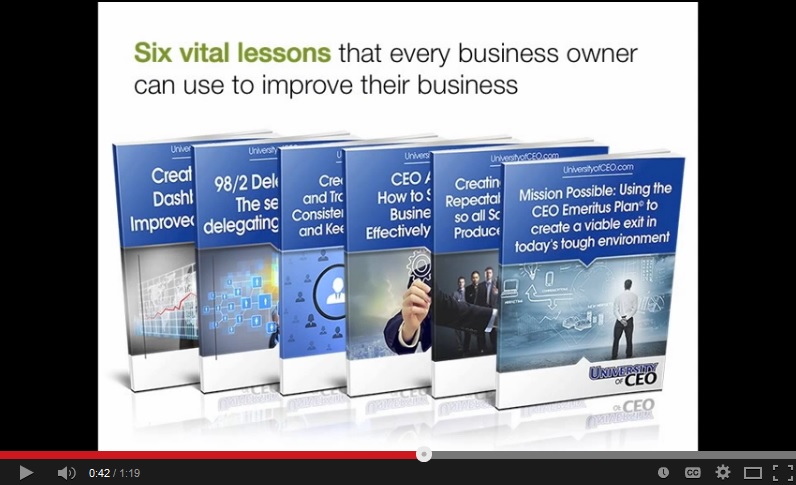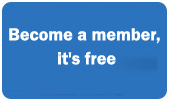What does a company do when they want to grow their distribution network but a conventional business model has limitations? They combine a franchise model with a distributor model and create a Franstributor ™ © business model.
The traditional distribution model allows a product’s creator to license exclusive or non-exclusive distribution of products. This model has worked well for thousands of products such as: Coca-Cola, Diehard and Exide batteries, Kohler bathroom supplies, Krocs sandals, Tumi bags, Allstate Insurance, Lennox (both the china and air conditioning) Fannie May Candies, and many more.
However, in some situations, the product creator wants additional control over the day to day operations of the distributor or simply a better way to increase profitability. For instance, a distributor can sell your product but may also stock directly competing products. They may also stock indirectly competing products and try to push their customers to these products because their margins are higher. The product creator also has no control over the effort level of the distributor to attempt to sell their product. A franchise solves these issues.
Many prominent companies have used the Franstributor business model:
- Most major automotive dealers are franchises, not distributors.
- Snap-On Tools sells their tools to the franchisee who loads them on a truck, sells them, and provides customer service.
- General Nutrition Centers (#28 in the Franchise 500) fills the franchisee’s store with mostly their own branded product.
- UPS Store (#37 in the Franchise 500) was formerly known as Mail Boxes Etc. but extending the footprint for the distribution of UPS shipping services was so critical that UPS bought the franchise and renamed it.
- Wild Birds Unlimited (#125 in the Franchise 500) helps franchisees create unique bird-lover stores. Since these products are so unusual, franchisees must purchase many of their products from the franchisor.
- Hallmark card stores sell knick-knacks not bought from Hallmark corporate, but half of each store is filled with Hallmark cards bought from the franchisor.
- Yankee Candle stores work on a similar model to Hallmark.
- Guard-a-Kid (#194 in the Franchise 500) created several child protection products, many of them involving advanced technology beyond the reach of a franchisee. Therefore, the franchisee is charged with selling the products and educating the customer on their use.
- Dippin Dots ice cream uses a patented flash freezing technology to create the tiny balls of ice cream so it would be impossible for a local franchisee to make the product. Franchisees purchase all the ice cream for the stores from the franchisor. Compare this to a McDonald’s or Wendy’s who bread, beef, and produce from approved local vendors instead of the franchisor.
- Miracle Ear (#19 in the Franchise 500) franchises cannot manufacture the complex hearing aids. Local franchisees test and measure clients and send orders to the franchisor.
- Sandler Sales franchisees deliver training locally, but the bulk of the content has been created by the franchisor.
- Scott’s Lawn Care franchisees use Scott’s lawn products to maintain customer’s lawns.
I have saved the most ingenious use of the Franstributor model for last – Midas International. The Midas model has deteriorated a bit since the glory days when they were known as Midas Muffler. From the early 1980s through the 1990s, the muffler business was exceptionally profitable. A well-performing Midas Muffler Shop could net in excess of $500,000, and top stores netted over $1MM (in 1980 dollars too).
Knowing it was their business model that made franchisees successful, Midas corporate found some ingenious methods to profit from each franchise location. Here’s some of the ways Midas leveraged the Franstributor model:
- All lifetime warranty mufflers had to be purchased from a Midas sister company for above market price (10% – 20% more than a comparable Monroe muffler).
- All lifetime brake pads had to be purchased from a Midas sister company for above market price.
- Each dealer could purchase non-muffler exhaust parts and non-Midas brake parts from local vendors but a strict limit was placed on how much the store could spend each month. This forced the franchisee to spend the bulk of their money on expensive Midas parts.
- Most dealers were not allowed to purchase their building. Midas selected their location and built a building for them. Midas then rented the location for the high end of fair market value. However, each year the rent increased so after five years, the rent paid was well above market rates.
This model was exceptionally profitable for Midas and provides valuable lessons how you might leverage a powerful business model of your own with the Franstributor business model.









